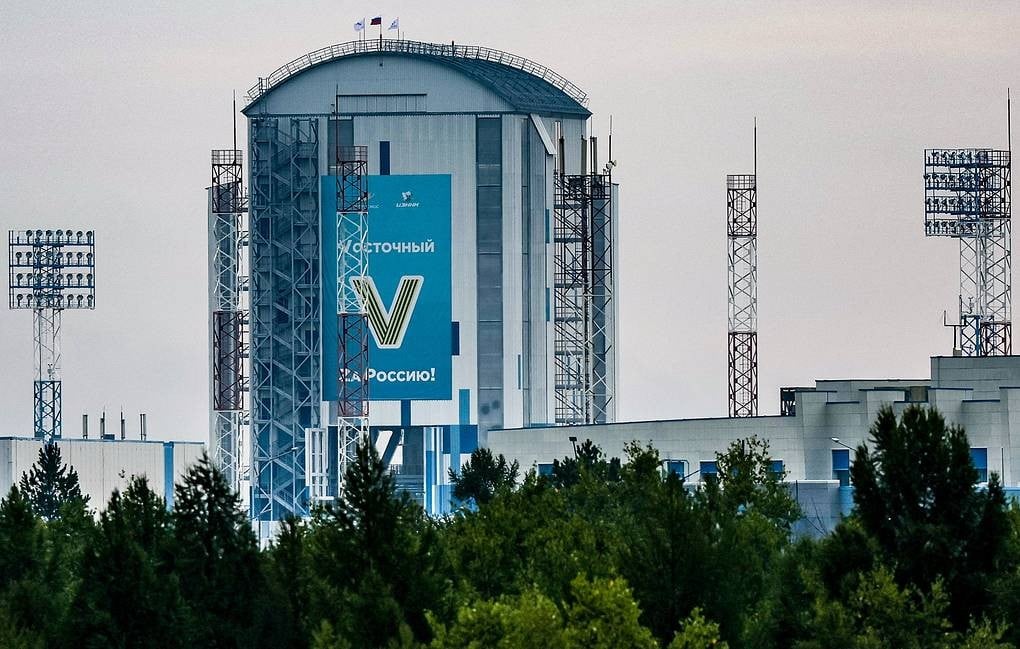 |
| Russia's Lunar-25 spacecraft launched its journey to the Moon from the Vostochny station on August 11. (Source: TASS) |
According to a TASS (Russia) correspondent reporting from the space center, the spacecraft took off from the Vostochny facility in Russia's Far East on August 11.
The Fregat booster rocket lifted off from the spacecraft’s third stage 564 seconds into the flight. The Luna-25 spacecraft will then separate from the booster about an hour after launch. The journey to the Moon is expected to take 5.5 days.
Notably, if deployed as planned, Lunar-25 will land two days before India's Chandrayaan-3 spacecraft, thereby becoming the first spacecraft to land on the Moon's south polar region.
The spacecraft will spend three to seven days at an altitude of about 100 km above the lunar surface before touching down in the Boguslawsky crater area. Manzinus and Pentland-A craters have been planned as alternative landing sites.
The main goal of this mission at the Moon's natural pole will be to perfect soft landing technologies. This could be the first spacecraft to land near the Moon's south pole.
Luna-25 has nine main scientific instruments, including eight from Russia and one from the European Space Agency (ESA). The ESA-developed instrument, Pilot-D, is used for navigation. The Russian instruments help Luna-25 study the composition, structure and physical properties of the lunar surface, dust and plasma exosphere around the Moon's south pole.
The lander is equipped with several cameras. They will take a time-lapse of the landing and a wide-angle HDR image of the lunar landscape. Luna-25 will continuously use its cameras at pre-programmed intervals and according to signals from Earth.
Source










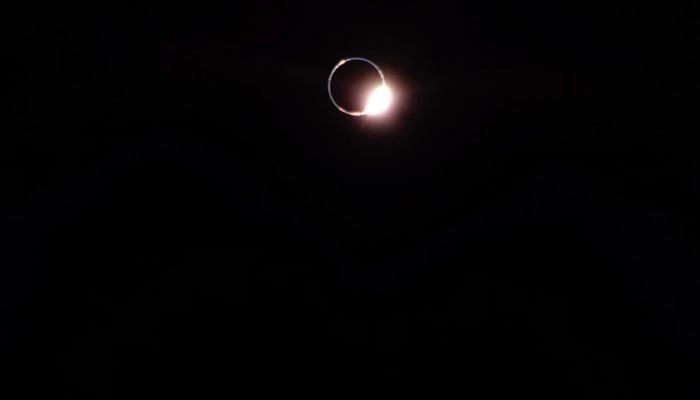

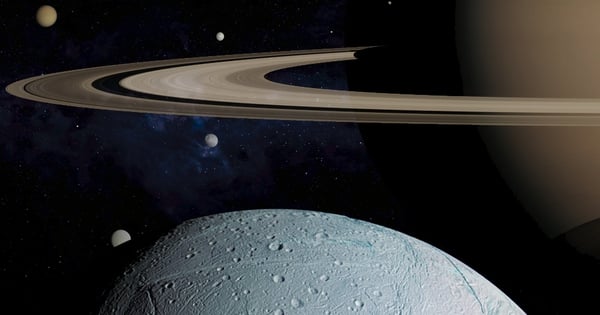

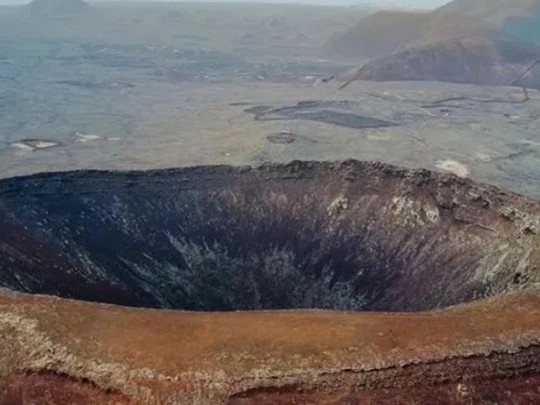

















![[Photo] "Beauties" participate in the parade rehearsal at Bien Hoa airport](https://vstatic.vietnam.vn/vietnam/resource/IMAGE/2025/4/11/155502af3384431e918de0e2e585d13a)
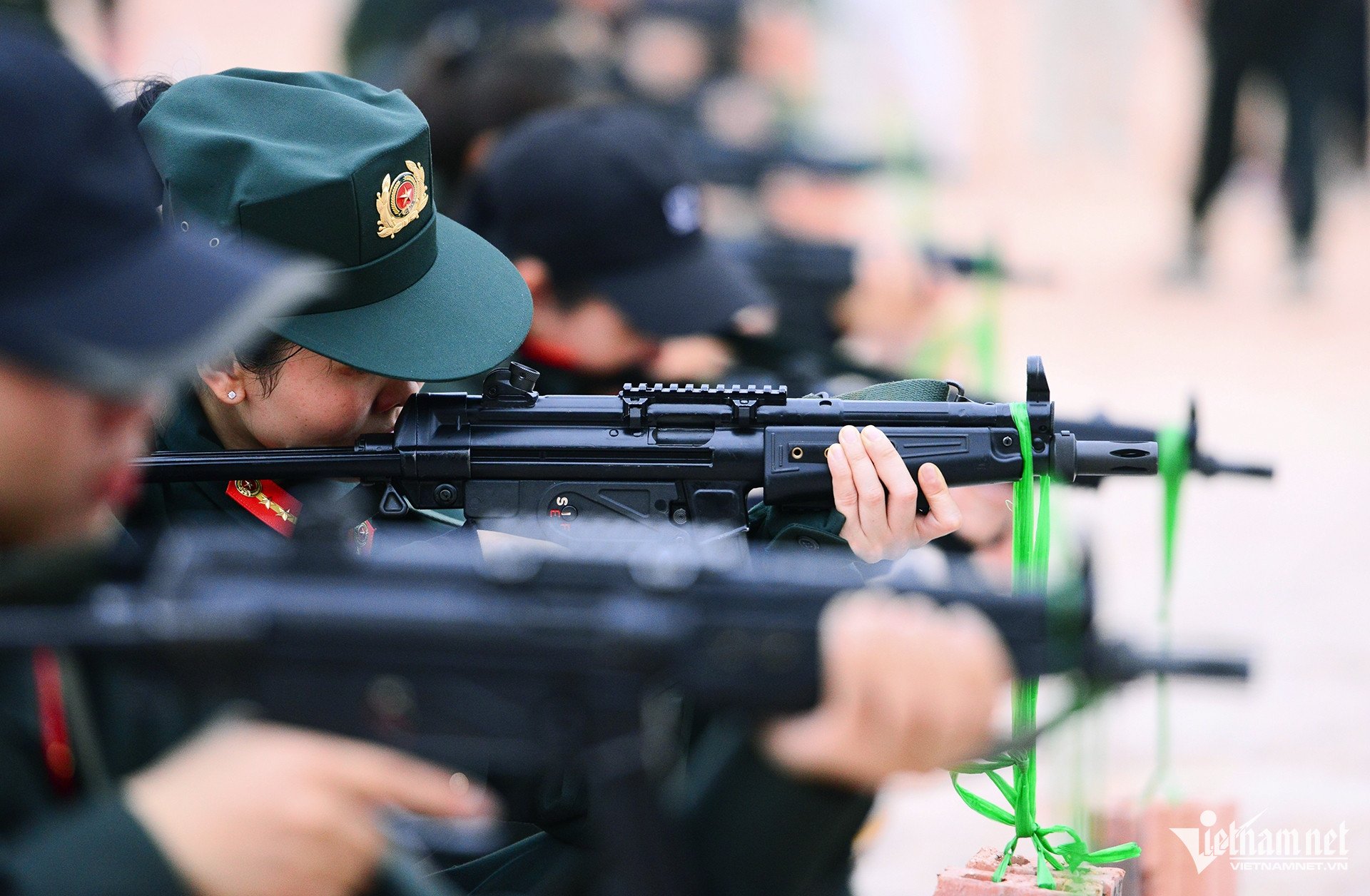















































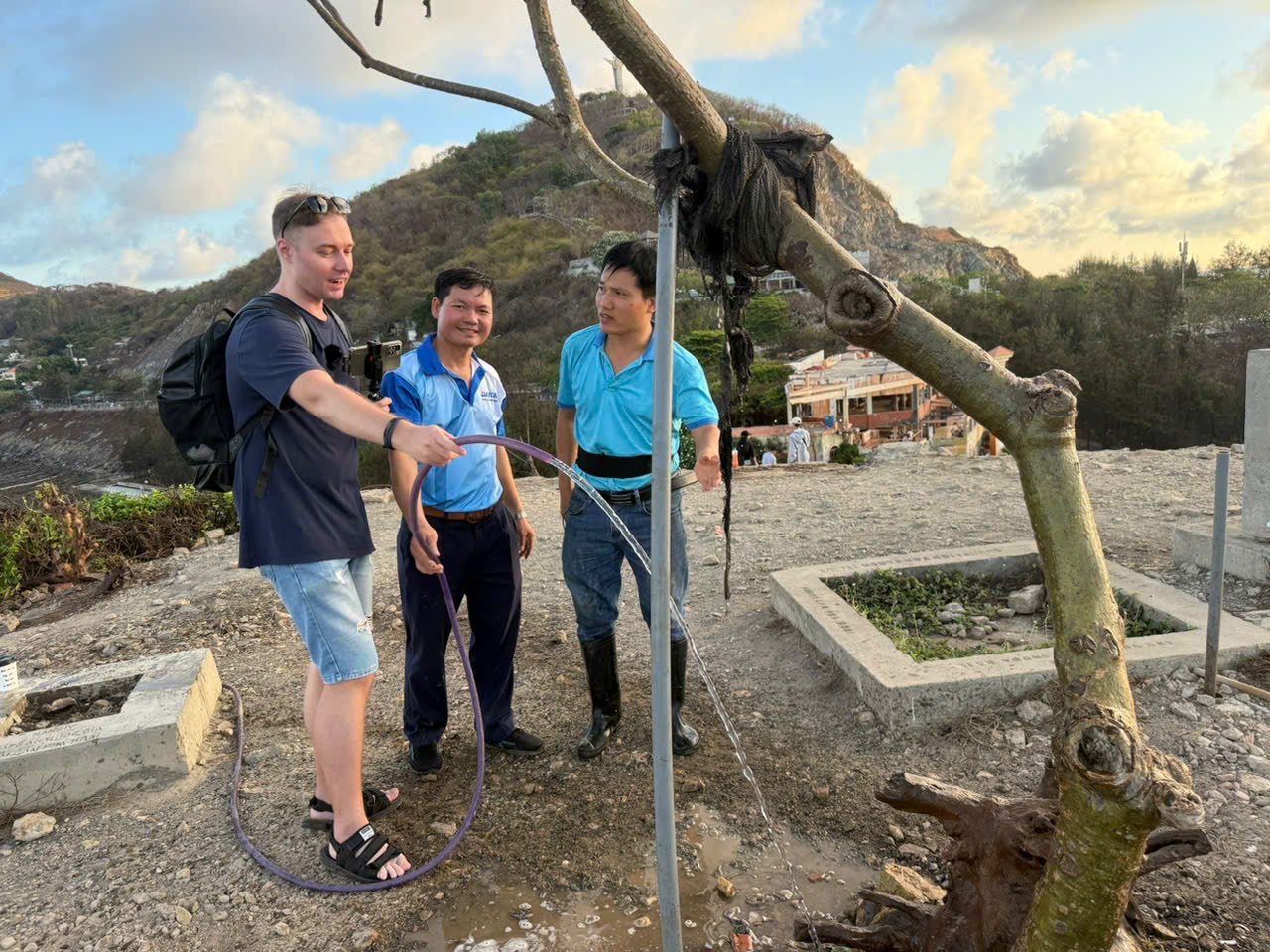















Comment (0)